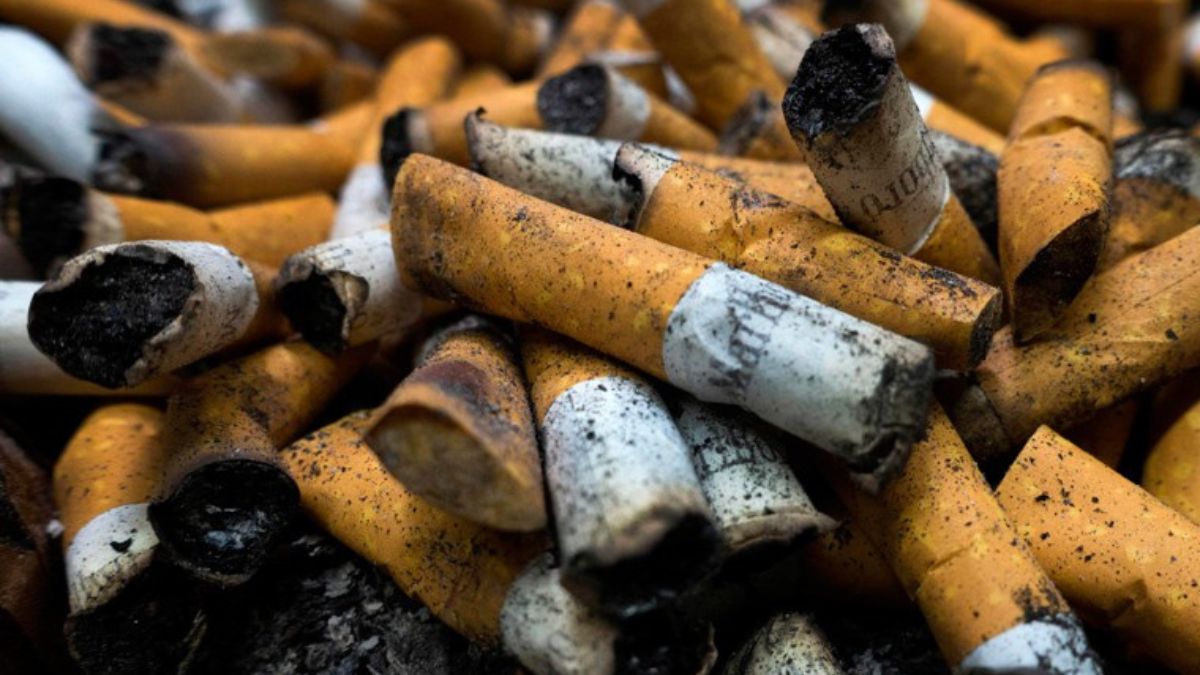Beyond the lungs: How tobacco affects every organ in the human body

India has more than 200 million tobacco users- who use it in varied ways including smoking, chewing, application, sucking and gargling. It is the world’s second-largest consumer of tobacco.
The World Health Organisation (WHO) estimates that 1.35 million deaths a year in the country are caused directly or indirectly by tobacco. The common perception is that tobacco affects only the lungs and the oral cavity.
Dr Vikas Pilaniya, Consultant Pulmonologist at Jaipur's Manipal Hospital, says tobacco harms every organ in the body. Death rate is three times higher in smokers than non-smokers of all ages and adolescent beginners have a 50% lifetime chance of dying from tobacco-related diseases.
Tobacco smoke is a poisonous mixture of more than 4000 chemicals including nicotine, tar, carbon monoxide (CO), methoprene, propylene glycol, benzopyrene, etc, out of which 40 are known carcinogens.
The most acute health risks they cause include: Dyspnoea- shortness of breath or difficulty in breathing; Tachycardia- fast heart rate, hypertension, a worsening of asthma, impotence and infertility.
Long-term health risks include coronary artery disease, stroke, cancer of the lungs and almost all organs, COPD (chronic obstructive pulmonary disease- a progressive lung disease that makes breathing difficult), and tuberculosis.
Every organ is impacted by tobacco differently. In the lungs, for instance, smoke damages the tiny air sacs (alveoli) making it harder to breathe and increasing the risk of lung diseases. It also damages the cilia, which clears the airways, leading to persistent coughing.
As for the heart, it narrows the blood vessels thereby raising the blood pressure and also increasing the risk for heart attacks and strokes. It also lowers oxygen in the blood, forcing the heart to work harder. It can reduce the number of healthy eggs in women, and damage sperm in men- just two ways in which it impacts fertility.
Passive smoking is also harmful. Children are very vulnerable and as per an estimate, one-third of children are exposed to tobacco smoke in homes. Among such children, deaths, respiratory illnesses, middle ear disease, gum and tooth disease and exacerbation of asthma are common.
Two methods of quitting tobacco are prominent. One is behavioural therapy. When combined with medicines, the success rate is higher.
First-line medications include Nicotine Replacement Therapy (NRT) through the use of patches, gums, lozenges, oral inhalers and nasal Spray. Non-nicotine medications are also used.
Pilaniya says the use of NRT roughly doubles the success rates, as it helps the person feel more comfortable and treats nicotine withdrawal syndrome. It is safe too as one is getting ‘clean’ nicotine instead of the dirty, chemical-laden one.
Health